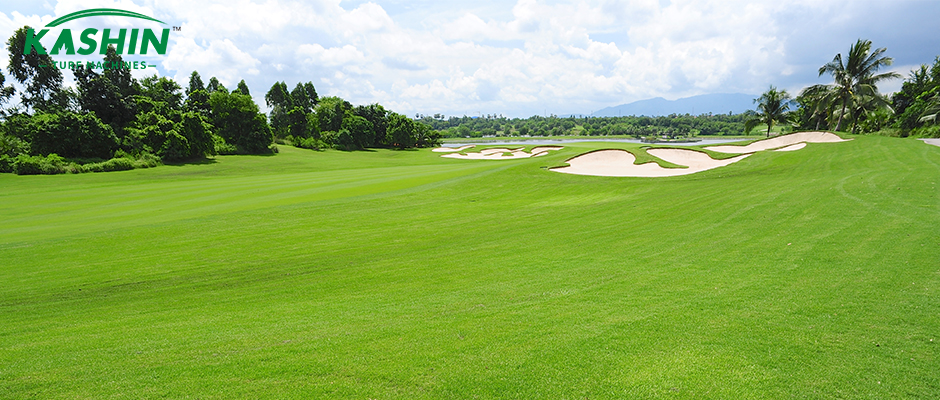Today we continue to share some suggestions on winter green overwintering management for readers’ reference.
H. Mowing Height
Turf managers have developed many guidelines on course maintenance settings with the help of relevant green committees. Course maintenance mainly involves mowing, especially green grass. There are many factors that affect the wettability of the green, and the requirements for mowing height are mostly reflected in the golfer’s need for playability of the course. Mowing height is crucial to the wintering of grass. If the height is too low, the natural resistance of the grass will be seriously affected. Increasing the internal energy of the plant through photosynthesis is essential to the hardening process. The leaf surface is an important “transmission site”. Energy is first stored on the leaf surface and then transported to the root system of the plant as “stock energy” to resist severe cold.
The first step to consider mowing is to set limits on the performance of the green during the hardening stage, such as choosing a day to stop mowing the lawn and replace regular mowing with more rolling work. If mowing is implemented, the mowing height should be increased until the winter closure. The mowing height can be increased by 2-3cm, otherwise the grass will become a place for pathogens or pests to overwinter, making the pests and diseases more serious next year. At the same time, the dead grass layer should be combed, which is conducive to the growth of the lawn the following year. In addition, the sharp blade of the mower should be kept to prevent the grass from tearing during the critical hardening process.

Summary
Factors that cause grass hardening include low temperature, short sunshine hours, and reduced moisture in the soil and plants, but these factors are uncontrollable. Cold resistance can fluctuate with seasonal changes, and soil temperature plays an important role in plant cold resistance. If all factors are in good condition, the grass can reach the highest level of cold resistance just after winter. However, a plant that can tolerate temperatures below 0 degrees Fahrenheit in December may only be able to withstand temperatures slightly below 20 degrees Fahrenheit in early April. Although turf can improve its cold tolerance with the arrival of winter, the cold tolerance of grass is initially established before winter. In short, as winter progresses, the energy stored in the grass to “fight” the cold will gradually decrease. This further emphasizes the need to properly fertilize the lawn in the fall and early winter to maximize the “stress tolerance” of the grass. The hardening process is an important step in the successful wintering of grass, so turf managers should plan for winter and put as many factors under control as possible to improve the survival of the grass no matter what weather conditions they encounter. Although weather is not under management, keeping in touch with players is not. Course managers need to keep in touch with players to let them know about the course’s preparations for winter and the rules of conduct they need to follow.
Post time: Dec-24-2024
